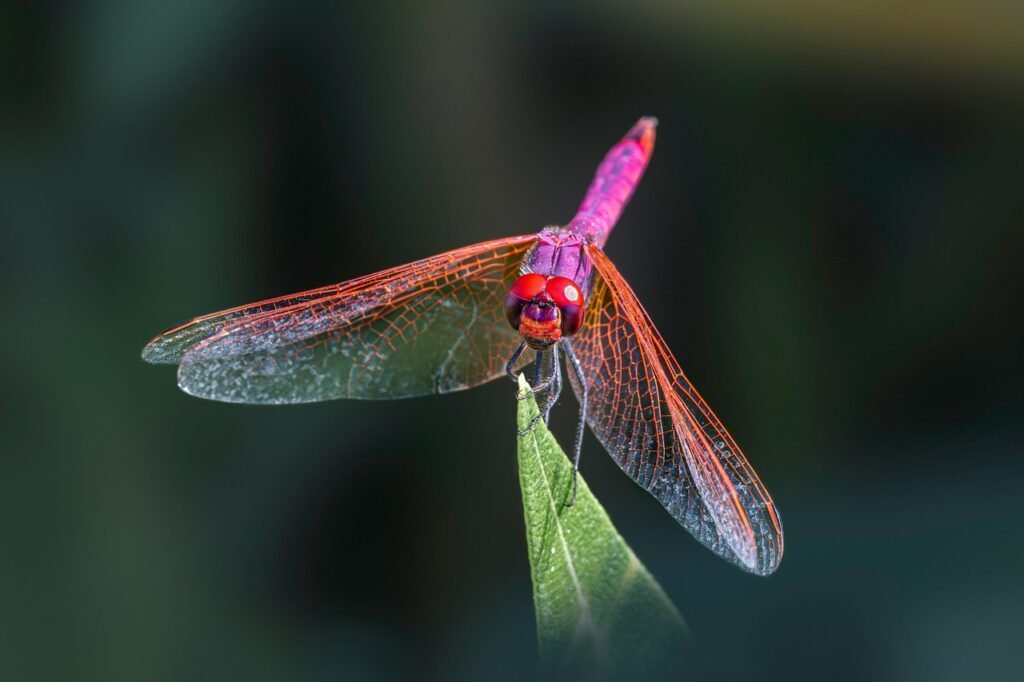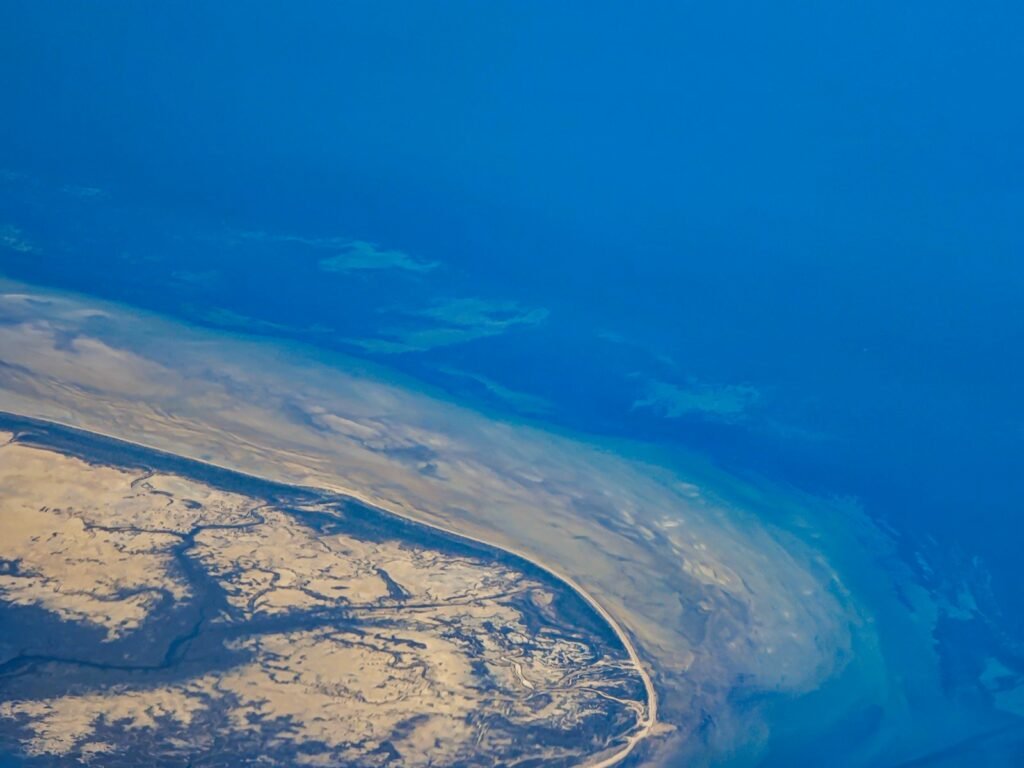On a windy spring morning near a Lake St. Clair launch, an angler showed me a thumb-length fish with marble eyes and a suction-cup belly. It wriggled like a gecko, then clamped to the dock plank and wouldn’t budge. That stubborn little creature – a round goby – has gone from oddball curiosity to headline-making invader across Michigan’s waters. Scientists are racing to track its inland march, while anglers, marinas, and wildlife managers weigh what it means for fisheries they love. The mystery isn’t just how fast gobies and their close cousins spread; it’s how they are quietly rewriting the rules of the food web in real time.
The Hidden Clues
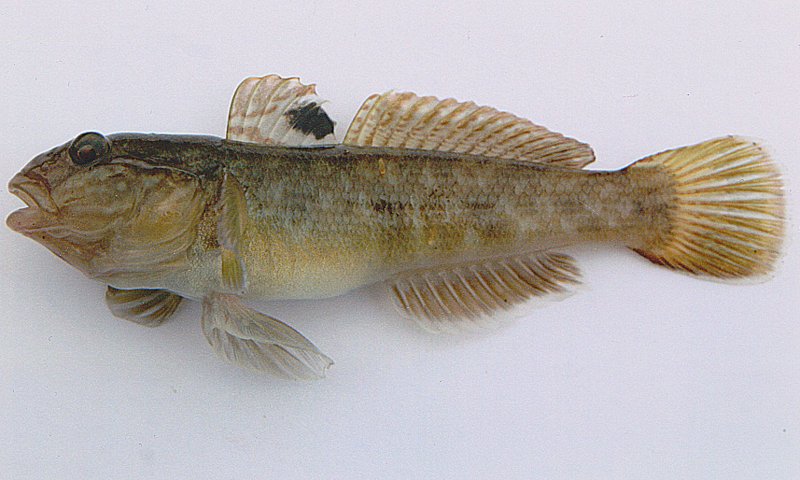
Look closely at a rocky shoreline and you’ll see the first hint: tiny shadows zipping between stones, then freezing flat, like spilled ink finding cracks. Round gobies thrive in those cobble nooks, using fused pelvic fins as a living suction cup to hold position in waves that would toss other fish. They raid the same benthic buffet that native darters and sculpins rely on, which creates instant competition where they land. Inland, the earliest signs aren’t big die-offs but subtle shifts – bait traps catching “something new,” or kids netting a fish no one’s seen in that lake before. Those small surprises add up to a pattern, the kind that field biologists now treat as an early alarm rather than an oddity.
Who Are These Invaders?
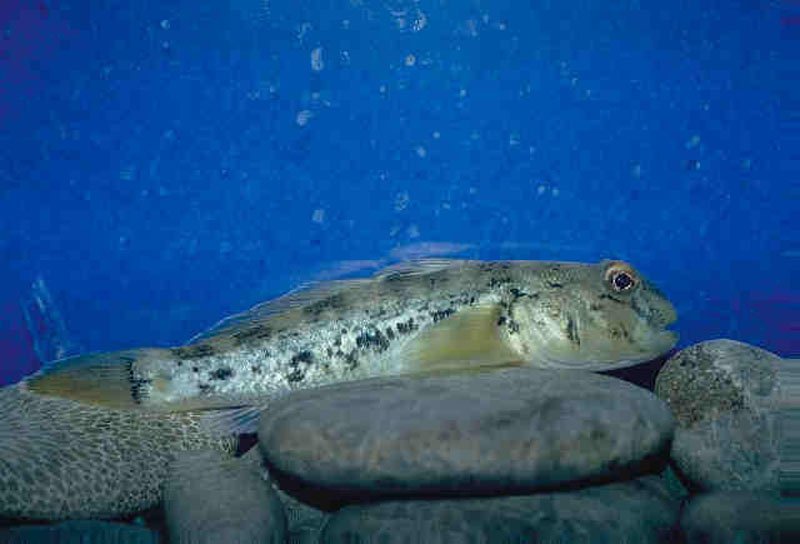
Round goby, and the look-alike tubenose goby, evolved in the Ponto-Caspian region and hitchhiked to the Great Lakes in ballast water decades ago. In coastal waters like Lake St. Clair and the St. Clair River, they established dense footholds and then nudged inland through connected rivers and canals. Michigan classifies these gobies as prohibited species; it’s illegal to possess or use them for bait, a rule designed to slow their jump from one watershed to another. Even so, reports now include inland rivers such as the Flint, Shiawassee, and Saginaw, with new lake detections arriving most summers. The fish’s “strange” look – spotted body, big head, that telltale black blotch on the first dorsal fin – makes it easy to recognize and, increasingly, hard to ignore.
From Ancient Tools to Modern Science
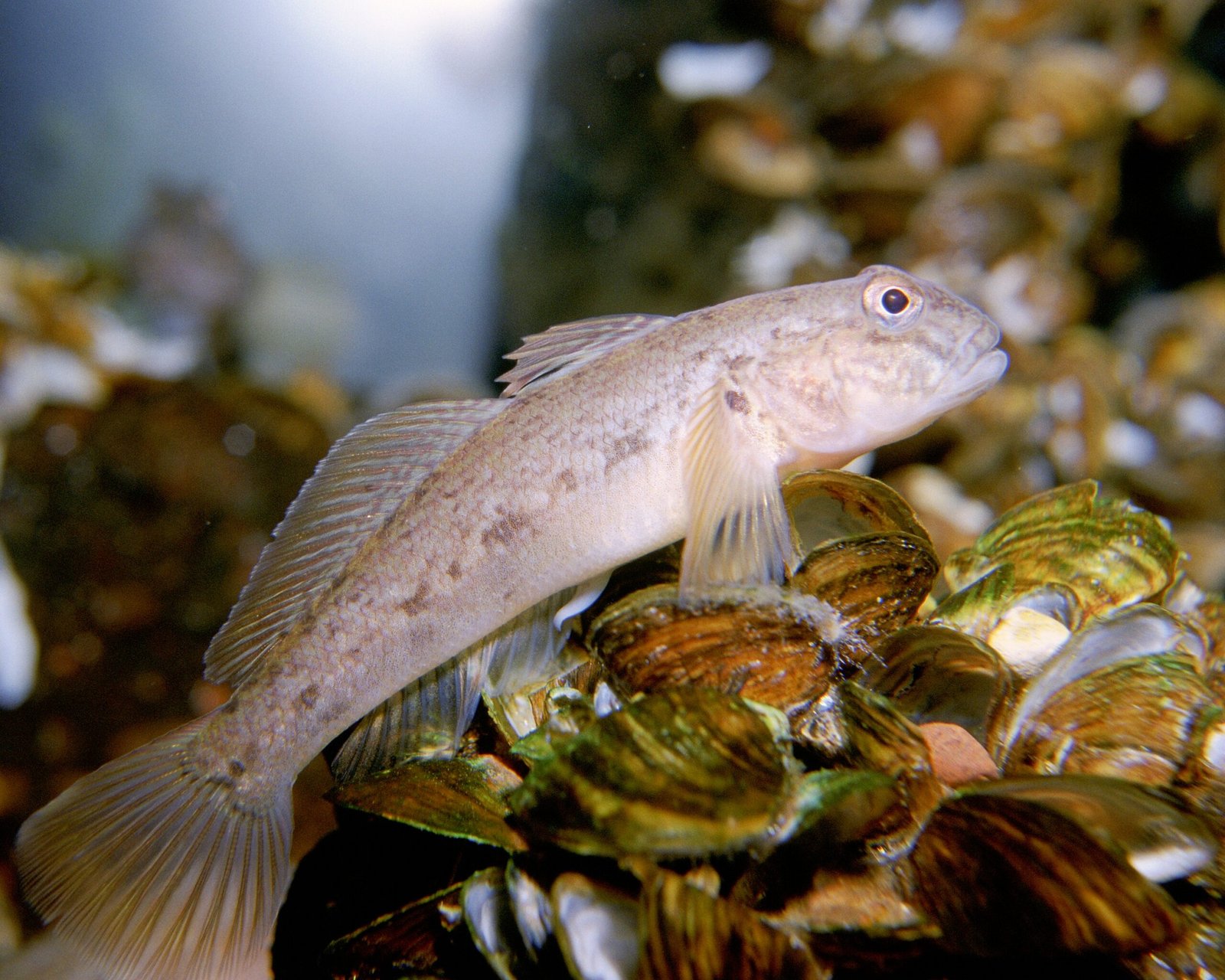
Traditional trawls and electrofishing still matter, but scientists now lean on environmental DNA – molecular breadcrumbs shed by fish into the water – to spot gobies fast. In recent work across Lakes Huron and Michigan, eDNA outperformed nets for detecting round goby, revealing presence in far more samples than trawls captured fish. That’s a game-changer for early detection, especially in big, windy water where nets miss what the water “knows.” Researchers are also feeding tens of thousands of annotated underwater images into computer-vision models so autonomous vehicles can flag gobies automatically on future surveys. It’s a mashup of gut-level fieldwork and lab-grade forensics that gives managers precious head starts before populations explode.
Why It Matters
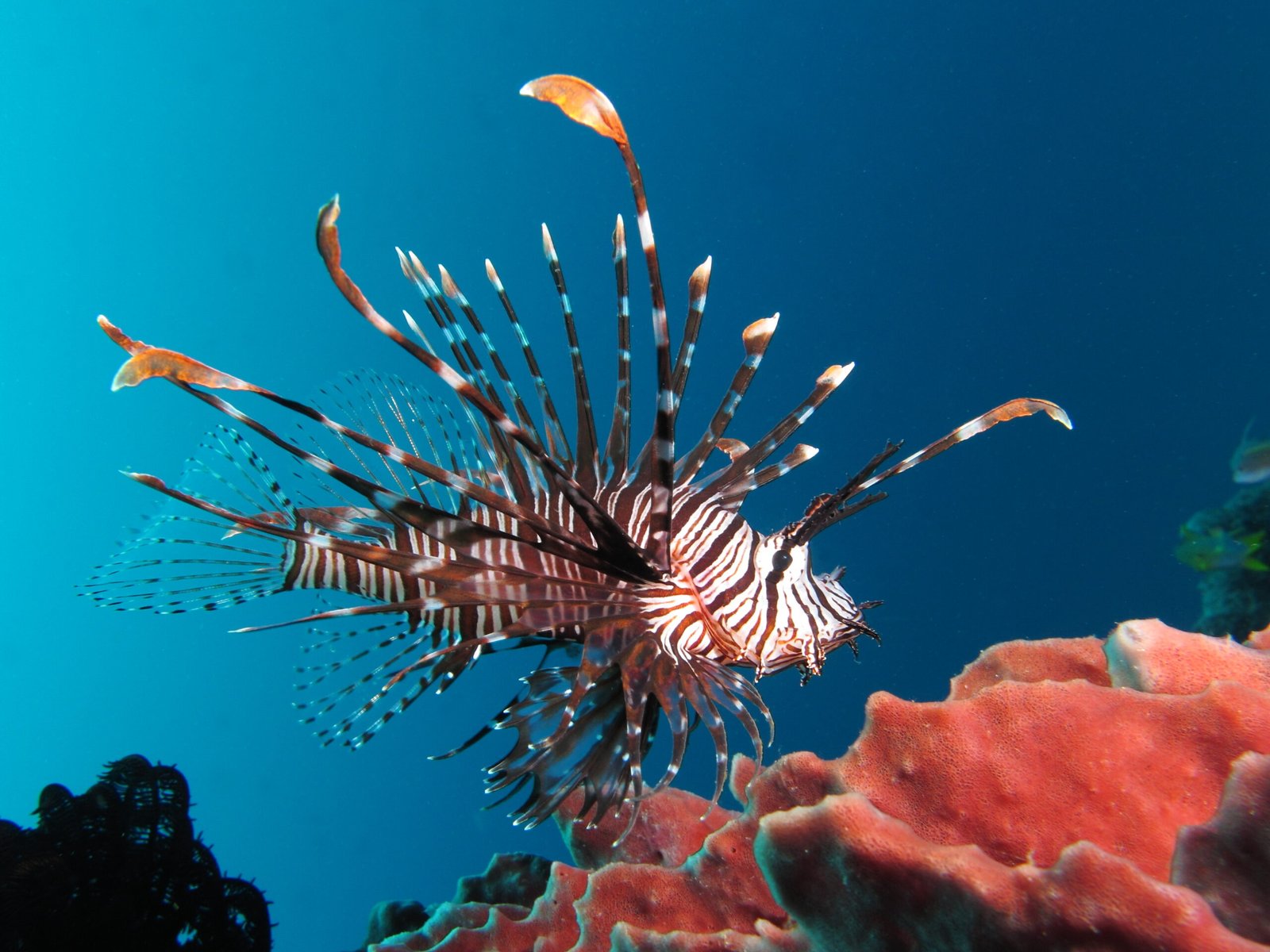
This isn’t just a fish story; it’s a stress test for how we manage freshwater systems under pressure. Gobies snap up invertebrates and will eat fish eggs when they find them, squeezing native bottom dwellers that don’t reproduce as quickly. Yet they also become prey – especially for smallmouth bass – which muddies the narrative with a short-term boost for popular sport fisheries. That trade-off strains old playbooks built around single-species wins, forcing managers to think in network terms: wins here can mean losses there. Compared with familiar threats like overharvest, invasive prey rewires the menu and the timing of who eats whom, which can ripple into spawning success and growth rates across an entire lake.
The Ecological Domino Effect
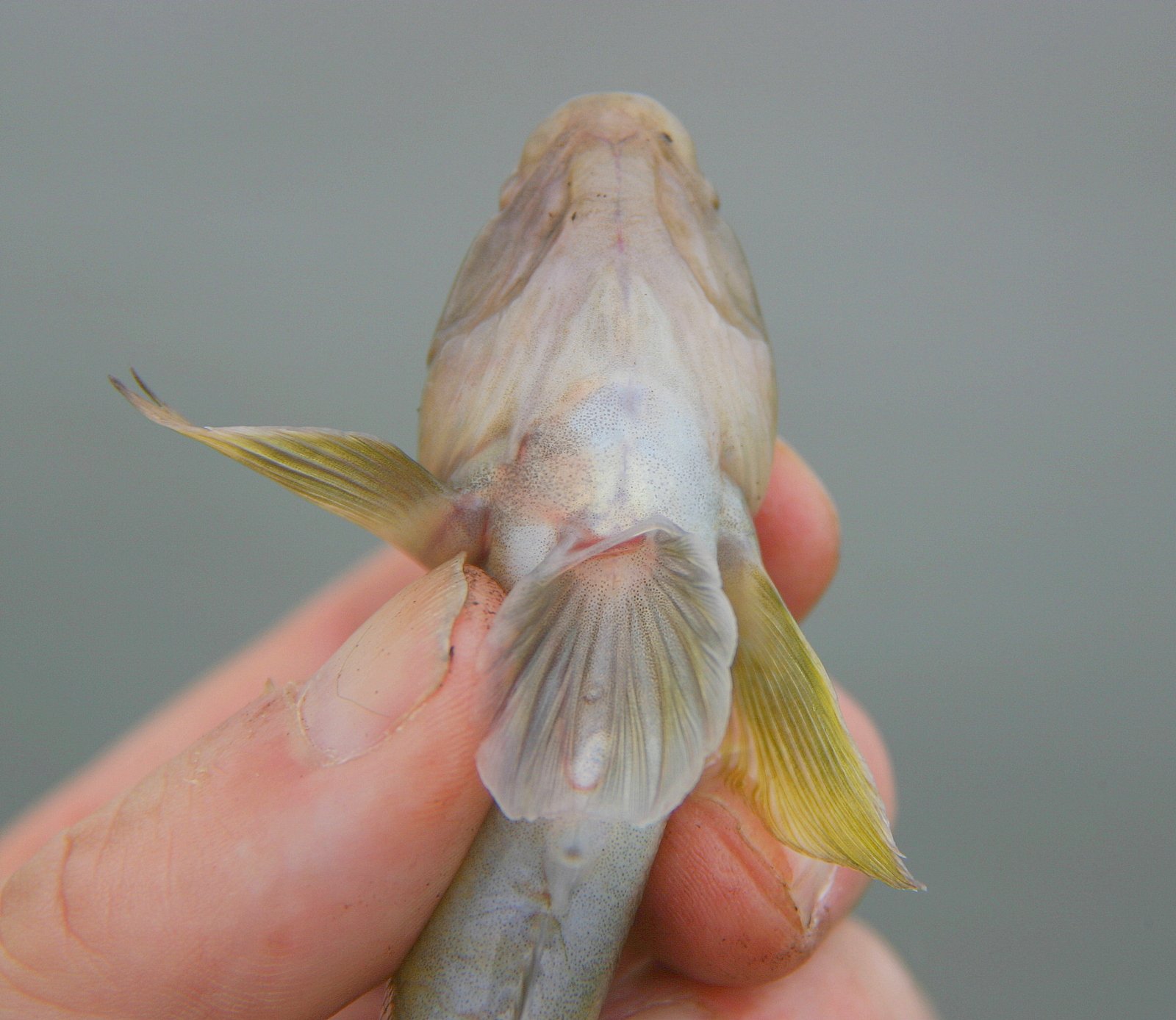
Round gobies prosper in places already reshaped by zebra and quagga mussels, turning shell-studded bottoms into high-calorie buffets. That synergy – mussels filtering and concentrating nutrients, gobies grazing the benthos – routes energy through a new, low-slung freeway on the lake floor. Native fish that hug rocks or spawn in gravel can find themselves outmaneuvered by a fast-breeding specialist that guards nests and exploits crevices. In some lakes, anglers celebrate fatter bass; in others, biologists document quieter losses of darters and sculpins with fewer champions to speak for them. The visible winners can mask the invisible costs, which is exactly how ecological debts pile up.
Global Perspectives
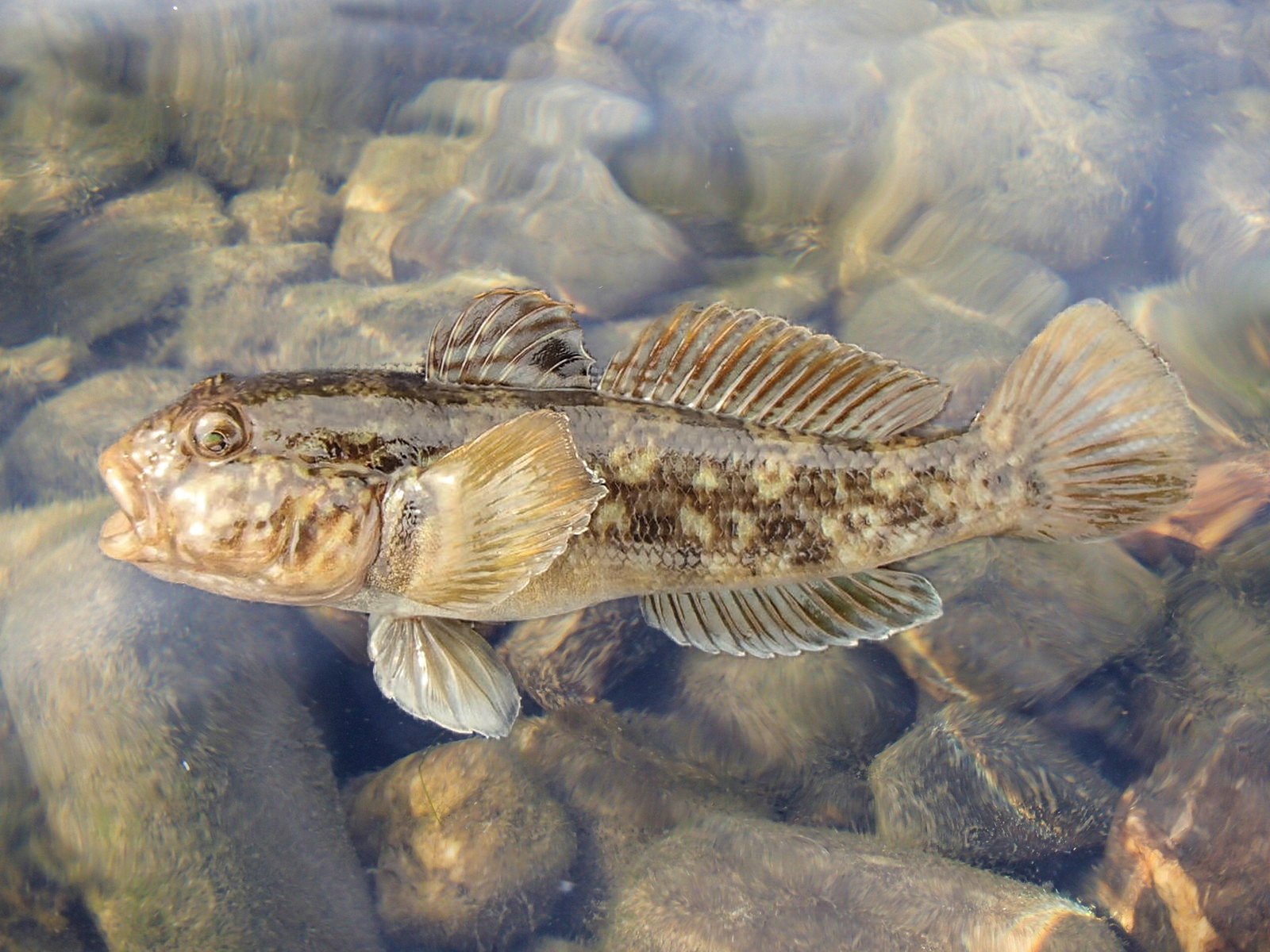
Michigan’s challenge sits in a broader map of spread, from the Great Lakes littoral zones to tributaries far upstream and even to the Hudson River corridor. Managers in other states and provinces now juggle lock operations, targeted surveys, and rapid-response plans to keep gobies from vaulting into new basins. The pattern is familiar: once an invader finds a stepping-stone route and human help – intentional or accidental – containment becomes a cat-and-mouse game. Europe has seen similar Ponto-Caspian expansions along canals and rivers, underscoring how engineered waterways can stitch together habitats that never met in the wild. In that sense, Michigan’s inland lakes are the latest squares on a global checkerboard, where one hasty move can change the board.
The Human Factor
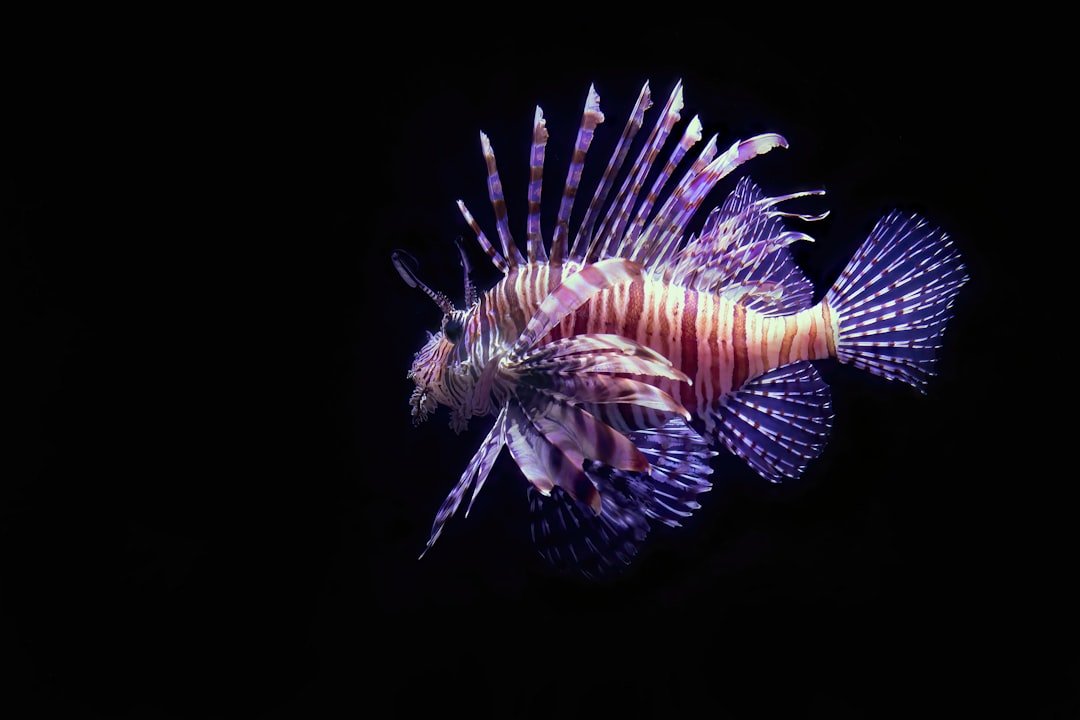
Spread is not just hydrology and habitat; it’s human habit. A goby in a livewell, a bait bucket dumped at the ramp, or a bilge not fully drained can hop a fish across a watershed boundary in minutes. Agencies keep repeating the same simple rules – clean, drain, dry – because they work when people actually do them every time. There’s also a cultural piece: the tempting idea that introducing a goby might “improve” bass fishing in a favorite inland lake. Managers warn that such shortcuts can unravel native communities and are illegal for good reason, but that message still competes with dockside myths.
The Future Landscape
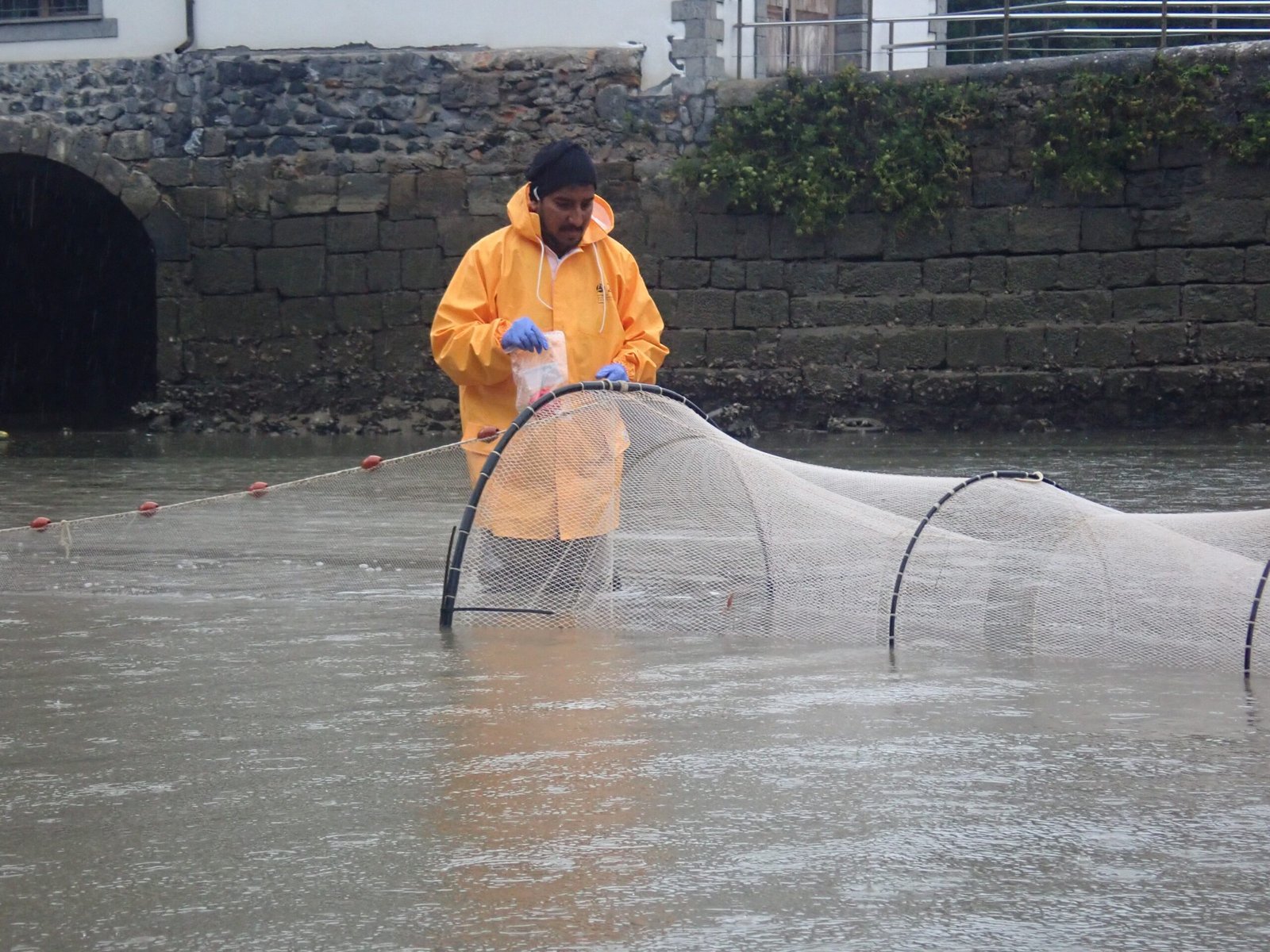
Expect more surveillance and smarter triage: eDNA stations at high-risk choke points, targeted electrofishing where detections pop, and rapid containment when a new lake lights up. Lessons from invasive carp defenses – barriers, operational changes at locks, and multi-agency coordination – are informing broader invasive strategies in the Great Lakes region. On the tech side, autonomous vehicles, machine learning, and cheaper sequencing mean detections that once took seasons now happen within days. The policy side will need to keep pace, tightening bait pathways, improving boat inspection programs, and sustaining funding so response doesn’t sputter after headlines fade. Climate shifts that lengthen warm seasons could widen the window for inland establishment, making vigilance, not victory laps, the sensible default.
What You Can Do
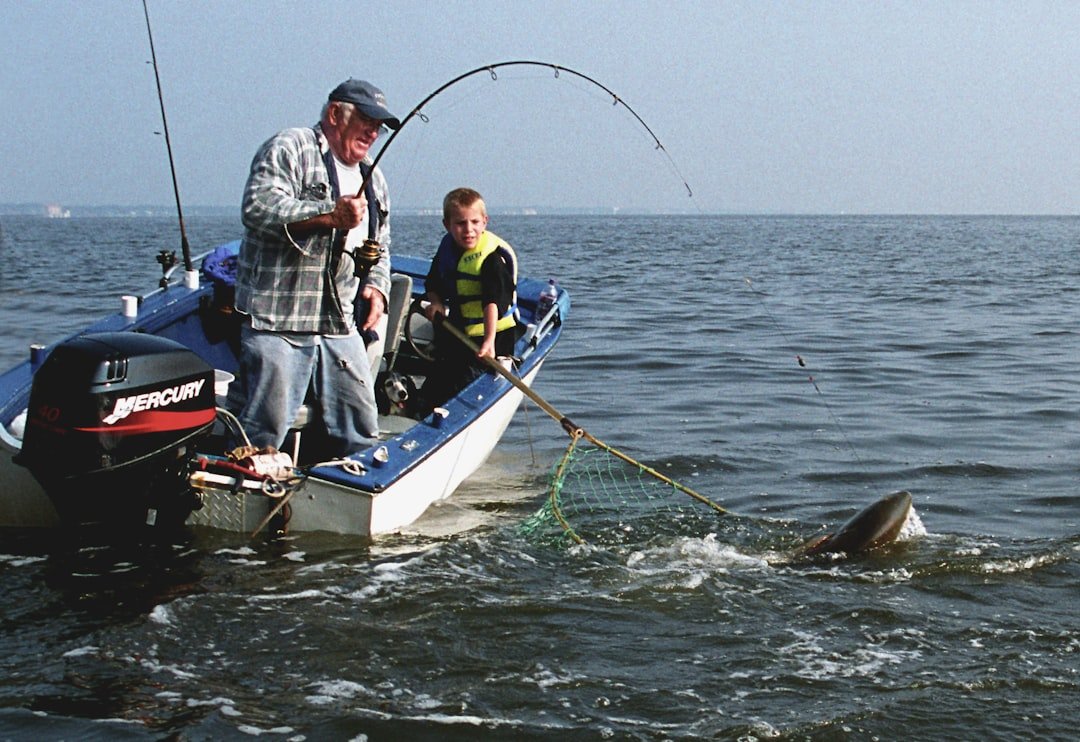
Start at the ramp: pull drain plugs, empty livewells on land, and spray or towel-dry gear before you travel. Never release baitfish or aquarium pets, and never move fish – alive or dead – between waterbodies; what seems harmless can seed a problem that lasts decades. Learn the goby lookalikes and report suspicious finds with a clear photo and location through Michigan’s reporting tools or the MISIN app. Ask your local club or lake association to host a short invasive-species check clinic at tournaments and holiday weekends. If you want better fishing in five years, the boring habits you practice this weekend matter most.

Suhail Ahmed is a passionate digital professional and nature enthusiast with over 8 years of experience in content strategy, SEO, web development, and digital operations. Alongside his freelance journey, Suhail actively contributes to nature and wildlife platforms like Discover Wildlife, where he channels his curiosity for the planet into engaging, educational storytelling.
With a strong background in managing digital ecosystems — from ecommerce stores and WordPress websites to social media and automation — Suhail merges technical precision with creative insight. His content reflects a rare balance: SEO-friendly yet deeply human, data-informed yet emotionally resonant.
Driven by a love for discovery and storytelling, Suhail believes in using digital platforms to amplify causes that matter — especially those protecting Earth’s biodiversity and inspiring sustainable living. Whether he’s managing online projects or crafting wildlife content, his goal remains the same: to inform, inspire, and leave a positive digital footprint.


